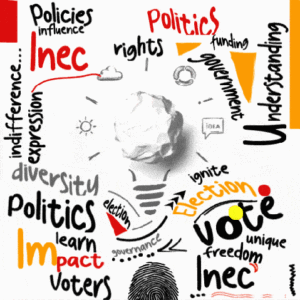 The Ontario Human Rights Tribunal (HRTO) released an interim decision on September 24, 2018 in the application of the Association of Ontario Midwives (AOM) and the Ontario Ministry of Health and Long-Term Care (MOH). The AOM brought an application to the HRTO alleging discrimination on the basis of gender in their compensation by the MOH.
The Ontario Human Rights Tribunal (HRTO) released an interim decision on September 24, 2018 in the application of the Association of Ontario Midwives (AOM) and the Ontario Ministry of Health and Long-Term Care (MOH). The AOM brought an application to the HRTO alleging discrimination on the basis of gender in their compensation by the MOH.
Midwifery became publicly funded and regulated in Ontario in 1994. Almost all midwives in Ontario are women, they provide services to women and their realm is women’s health. The AOM describes these characteristics as a “gender trifecta” that makes the profession vulnerable. Midwives, as a group, are entitled to equal treatment, without discrimination on the basis of gender regarding how they are compensated by the MOH.
Crudely, pay equity is assessed by identifying a comparator group and assessing compensation of one group against that of the comparator. In the case of the Ontario midwives, the comparator has been community health doctors. In 1994, when midwifery became regulated, 75% of these doctors were male, today less than 50% are male. However, doctoring is still seen as a traditionally male sphere and does not bear the “gender trifecta” of midwifery. The pay of community health doctors has gone up by 76% in the past 20 years, as compared to an increase of only 33% for midwives.
The HRTO’s decision last week directs the parties to “reset their relationship” and attempt to negotiate compensation, an amount of damages for violation of the Human Rights Code and a process for compensation negotiation going forward.
Implications of this Decision
The decision will have big implications for Ontario midwives, who may see their compensation increase by as much as $90,000 annually to bring them in line with community health doctors. The decision also serves as a reminder of the importance and relevance of pay equity in the workplace. We expect that it will have a ripple effect certainly for midwives across the country and possibly beyond.
Pay equity legislation was passed in Ontario in 1987, over 30 years ago. The midwives example sadly suggests that it is still relevant and still needed. 2018 has also seen equal pay addressed by the Bill 148 changes to the Employment Standards Act, 2000 legislating equal pay for equal work and by Bill 203, currently making its way through the legislative process, which would introduce pay transparency.
If you have concerns about how much you’re getting paid as compared to your peers or about pay gaps in your workforce, reach out, we’d be happy to chat.


